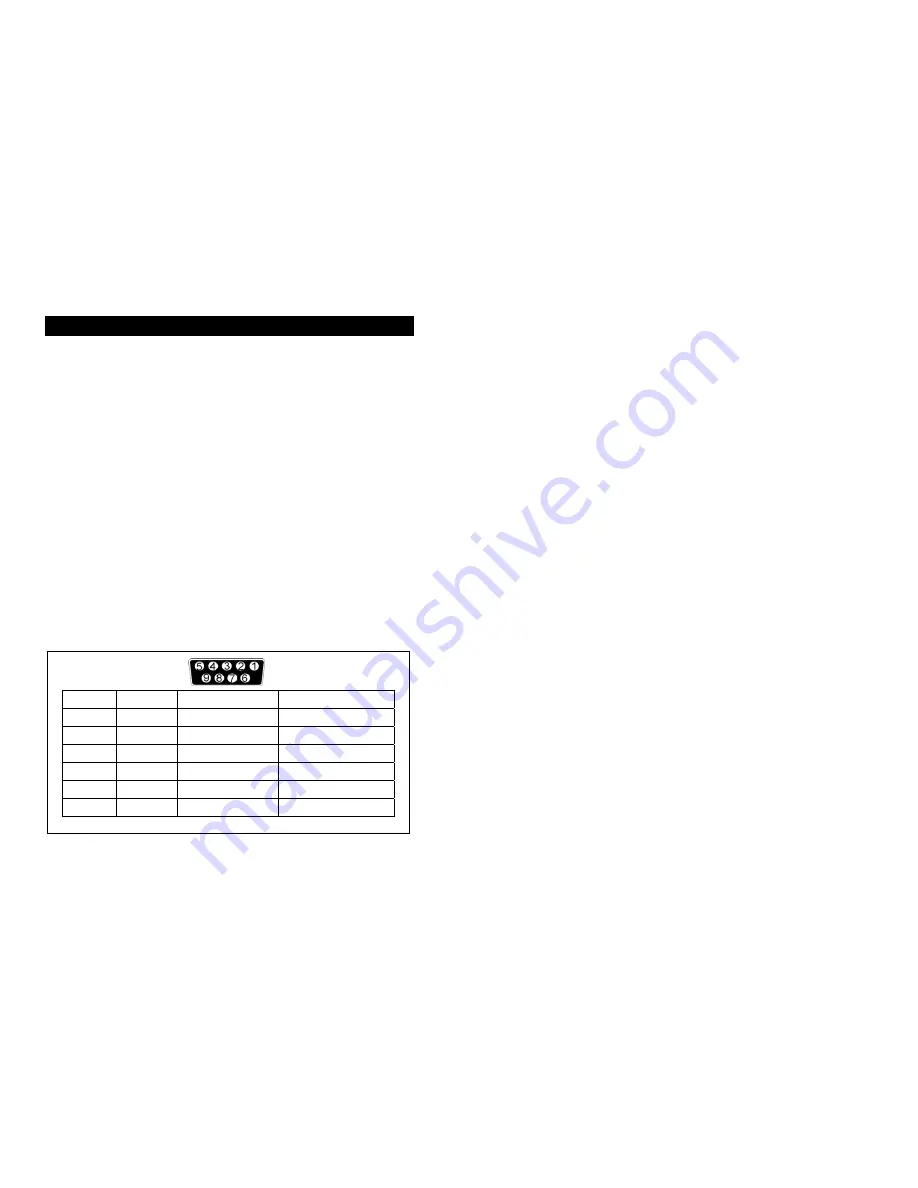
16
6. Computer and Alarm connections
At the back of the UPS is an interface allowing direct communication with your computer
system, the location of which can be found in figure 2. There is a RS232 serial data interface,
one USB data interface and an emergency power off switch supplied. However, the RS232
port cannot be used when the USB interface is in use.
In addition there is an optional interface slot that allows you to install different
communications cards. It can be used parallel with either the RS232 or USB ports.
Currently there are two cards available for the optional interface slot. An SNMP/WEB card
allows management and monitoring over a network or internet, and the AS/400 card allows
voltage free relay contacts. Your local dealer will have more information about these option
cards.
Connecting the UPS to a Computer
The communication device for the UPS and PC comes as a complete package with power
management software. Only the communication cable provided with UPS may be used to
connect to your computer, which is accomplished through the UPS RS232 port. Also ensure
that the operating system on your computer is supported. Instructions provided in the power
management software will help with this installation.
Other advanced power protection solutions such as SNMP are provided by your dealer.
RS-232 Standard Interface port
The RS-232 interface uses a 9-pin female D-sub connector. This information consists of data
about utility, load and the UPS. The interface port pins and their functions are identified in
the following table.
Pin #
Signal name
Direction (re UPS)
Functions
2 TxD Output
TxD
Output
3
RxD
Input
RxD / Inverter Off Input
5 Common
Common
6
Output
Ac Fail Output
8
Output
Low Battery Output
9
Output
12 VDC Power
Caution! Max rated values 12Vdc
17
USB port (option)
Connecting the UPS to your computer is accomplished through the USB port on the back of
your computer. USB compliant hardware and operating system will be necessary including
installation of a UPS driver. The serial port cannot be used when using the USB port. The
USB cable is standard and can be bought separately.
6.1 EPO port (emergency power off)
A customer-supplied switch located remotely can be used to open the EPO connection and
allows UPS output receptacles to be switched off. Since the EPO shuts down the equipment
immediately, orderly shutdown procedures are not followed and not by any power
management software. The UPS will have to be manually restarted in order to regain power
to the outlets.
Network Transient protector (700 - 3000 VA)
The network transient protector, located on the back panel, has both IN and OUT jacks, and
houses a single RJ-45 (10BaseT) network connector. Connect the input connector to the jack
labeled IN, and the output connector to the jack labeled OUT.
6.2 Load segments (700 - 3000 VA)
The power management software controls the sets of receptacles known as load segments
which provides organized shutdown and startup of the equipment. Less critical equipment
can be turned off during power outages saving battery power for critical loads. The power
management software manual has more details regarding this. The load group status can be
viewed from the LCD display and can be changed if necessary. These load segments are
usually handled with the UPS management software. Refer to chapter 5.2 regarding the two
load segments that come with each model.





































